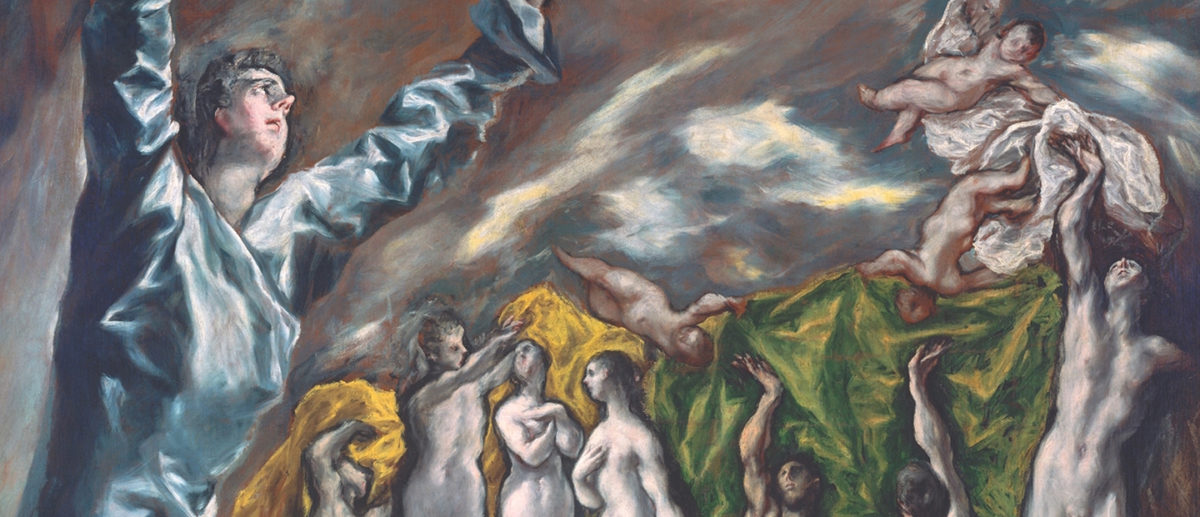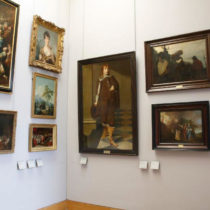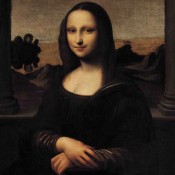The retrospective on El Greco is the first major exhibition in France ever to be dedicated to this artist. It will be shown in the Grand Palais from October 16, 2019 till February 10, 2020.
The exhibition, however, will not feature any paintings by the Greek painter from the Prado Museum collections. In particular, the Louvre and Grand Palais, which co-produce the retrospective, claimed three works by Domenikos Thetokopoulos: A fable (1580), The flight to Egypt (1570) and The Trinity(1577). But none got permission to leave. The reason for the rejection by the Spanish institution is that it has “a loan moratorium for 2019”, the year in which it celebrates its bicentenary. “The best way to celebrate the Bicentenary is to show our collections in full”, reads the program of the Bicentenary celebrations.
Nevertheless, the Prado itself has violated the moratorium several times during this year. For example, it has lent The Death of the Virgin (1462), by Andrea Mantegna to the National Gallery of London for a temporary exhibition. The work is “one of Mantegna’s most sublime creations”, according to the museum itself. The painting then traveled to the Gemäldegalerie in Berlin. The Prado made yet another exception with the London museum directed by Gabriele Finaldi, former deputy director of the Prado Museum, for the exhibition dedicated to Sorolla. It was the first “great retrospective” of the Valencian painter in England and the Prado sent And They Still Say Fish Is Expensive! (1894), the Painter Aureliano de Beruete (1902) and Boys on the Beach (1909), a key painting in the rooms dedicated to Sorolla in the national museum of Spain.
El País has asked the Prado Museum about the number of works it has lent since the beginning of the Bicentenary, but the institution has preferred not to answer the question. They do explain that the moratorium “does not affect previous commitments already made by the Prado Museum or multiannual agreements.” However, the first meeting held by Miguel Falomir, director of the Prado Museum, with the curator of the French show, Guillaume Kientz, was two years before the show was held.
The Grand Palais made a written request to the Prado and received a negative response on September 28, 2017. At the end of October, a delegation headed by Sylvie Hubac, then president of the Grand Palais and president of the Réunion des musées nationaux, traveled to Madrid along with the scientific director of the institution, Emmanuel Coquery. They were also accompanied by Kientz and the other two curators of the exhibition, Gloria Groom and Rebecca Long, of the Art Institute of Chicago , where the exhibition will end in March 2020. All of them were received by Miguel Falomir, but failed to convince him.
The exhibition “Greco” will feature 69 paintings by El Greco out of a total of 73 loans granted. Seventeen works belong to Spanish institutions such as the National Library of Spain, the Lázaro Galdiano Museum in Madrid, the Thyssen-Bornemisza National Museum Madrid, the Museu Nacional de Catalunya, the Fine Arts Museum of Seville, the Santa Cruz de Toledo Museum, among others.
“Symbolically, I would have liked the Prado to participate in this project. We have insisted on anything possible to insist on, ”says Kientz, who until last January served as a curator of Spanish, Portuguese, and Latin American art at the Louvre, before being appointed a Curator of European Art at the Kimbell Art Museum in Fort Worth (Texas). However, there was no option to negotiate. “The Prado version was always that, in the Bicentenary year, they could not lend any work. We understand that the rooms should not be empty in a year of anniversary, but perhaps a solution could have been found,” adds Kientz, who points out that he would have been satisfied with only one of the three requested works. For the curator, the refusal was “a surprise”, taking into account the good relations that the two museums maintain.
The people responsible for the show accepted this outcome last June. “If they had changed their minds later we would have found a solution, but it didn’t happen. The Prado never showed ambiguity regarding its position,”says Kientz. The Louvre would have even proposed to postpone the exhibit to facilitate the loan of the works once the moratorium ended, but it was not possible. “The exhibition could not be delayed, because the second stage in Chicago had already been decided and could not be displaced,” says a spokeswoman for the Grand Palais.





